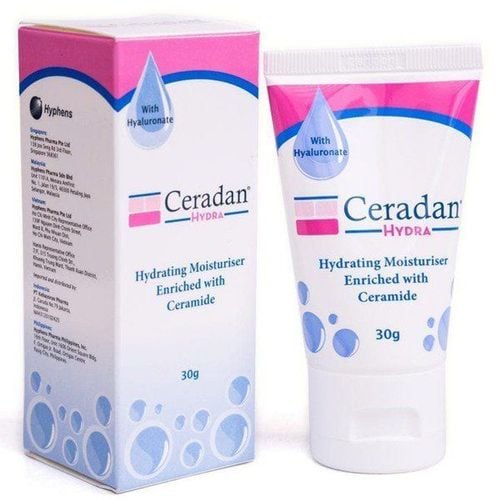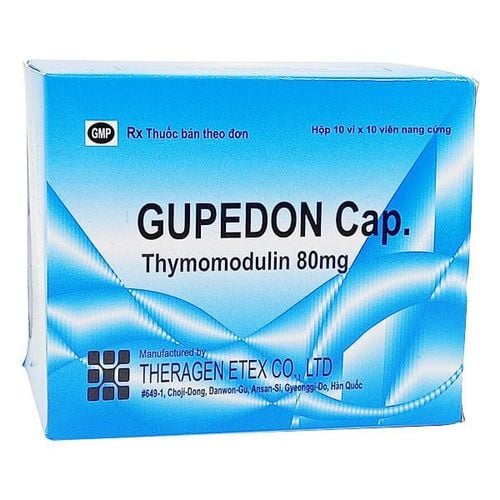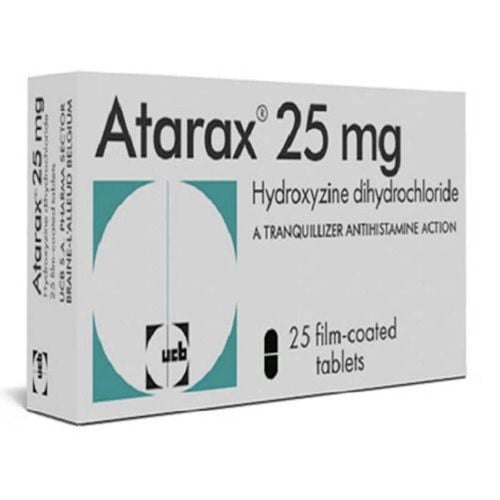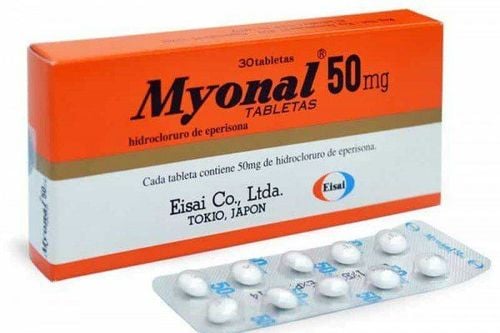This is an automatically translated article.
Doctor Nguyen Thai Ngoc Chau - Neonatologist - Pediatrics - Neonatology Department - Vinmec Phu Quoc International General Hospital.When starting solids, a lot of questions arise like how much food should you feed your baby and when should you start the three-meal-a-day plan? What is the ratio of solids to liquids and should both be on the menu at the same time?
1. When should I introduce solids?
According to child nutrition experts, as long as the baby shows signs of being ready, parents can start introducing solid foods between 4 and 6 months old. Until the time your baby is officially introduced to weaning, breast milk and formula are the sources of all the energy and nutrients for the baby's development. Newborns don't yet have the skills to safely chew and swallow solid foods, and their digestive systems are simply not ready to absorb solids until they're about 4 months old.However, there is also some controversy about when to introduce solid foods to babies. While the American Academy of Pediatrics (AAP) recommends that babies be exclusively breastfed for the first six months, the nutrition section of the AAP and guidelines for pediatricians recommend that parents begin Babies eat solid foods when they reach 4 to 6 months old.
2. How will I know when my baby is ready for solid foods?
During your baby's development, the baby's readiness for solid foods will be marked by a number of important changes:Baby has gained control of his head: Baby can hold his own head upright position without parent's help Sits firmly with assistance: Baby is now able to sit upright in an infant chair or high chair to facilitate swallowing as well as bowel movements. food chemistry. A baby's mouth and tongue have developed in sync with the digestive system. To start solids, babies need to move food deep into their mouth and swallow instead of using their tongue to push the food out. Significant weight gain: Baby will be ready to eat solids when it has doubled its birth weight. Curiosity about food. Babies may begin to look or ask for food and develop a reflex to open their mouths when being fed

Thời điểm trẻ đã có thể tự kiểm soát đầu đánh dấu giai đoạn trẻ đã sẵn sàng cho thức ăn dặm
3. Which solid food should be given to the baby first?
Each baby will be suitable for different foods, so what parents need to do is talk to a child nutrition specialist about foods that your baby can eat during solids. Most babies can eat any pureed food without added salt and sugar. Although there are some traditions that exist in American families to start solids with infant cereal, there is no scientific evidence that this can bring benefits. for your baby's health.If the baby is fully breastfed until weaning, experts suggest that the first food for babies is meat because the iron content of beef or chicken can help replenish iron stores. children as they begin to taper off at 6 months of age. Other foods that are recommended include pureed sweet potatoes, squash, apples, bananas, peaches, pears....
5. What can be done to reduce the risk of food allergies?
According to the American Academy of Allergy and Immunology (AAAI), incorporating commonly allergenic foods into your baby's diet starts at about 4 to 6 months (and continues until later). May help prevent the development of food allergies.Start with "healthy" and low-allergenic foods like grains, vegetables, fruits.... Once your child tolerates these foods well, let them try foods that are allergenic. reactions such as soy, eggs, noodles, fish, peanuts...
Special precautions should also be taken with some infants. If your baby has any of the following conditions, a nutritionist should be consulted before deciding on solid foods for the baby:
Children with siblings with peanut allergy Children with moderate to moderate eczema severe despite following the doctor's instructions for treatment The child has had an immediate allergic reaction to certain new foods in the past The child's blood test is positive for some food allergies specific product.
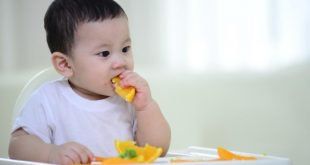
Bắt đầu với các loại thực phẩm “lành tính” và ít gây dị ứng như ngũ cốc, rau, trái cây....
6. How should solid foods be introduced to children?
There is no way that can be considered optimal for this problem. The best way to start solids is to feed your baby cereal or pureed foods with a spoon. Some parents also apply the method of feeding their children by placing solid foods in front of them for the child to hold or scoop to eat.For the first times, only give your baby 1 to 2 tablespoons of solid food after the baby has been breastfed or bottle fed. Use a soft plastic spoon to feed your baby to avoid hurting the gums. If the baby shows signs of disliking, just let him smell it and try again another time. If introducing cereal to your baby, let your baby eat 1 to 2 tablespoons of diluted cereal, add a little breast milk or formula, then gradually reduce the amount of milk added to make the food thicker. Babies may not be used to solid foods at first and will eat very little or always have food in their mouths, so parents need to be patient in introducing their baby to solid foods from one to a few spoonfuls a day.
7. How do you introduce each new food to your baby?
Consult a child nutritionist because there will be many different opinions regarding the family's history of food allergies. Normally, babies will be offered one type of solid food and each will be used a few times until another food is tried. However, starting with a variety of foods at once has also been shown to be safe and does not affect a child's digestive system.Although parents always want their baby to eat a variety of foods, it takes time for babies to get used to the flavors and textures of each. Every baby will have their own food preferences, but in general, babies can start with pureed or semi-liquid foods, then move on to pureed or mashed foods, and finally to pieces. small.
If your child eats cereal, put a few spoonfuls of vegetables or fruit at the same meal as the cereal meal (or mix them together). All food needs to be pasty because at this stage the baby will try to put the food deep in the mouth before swallowing.
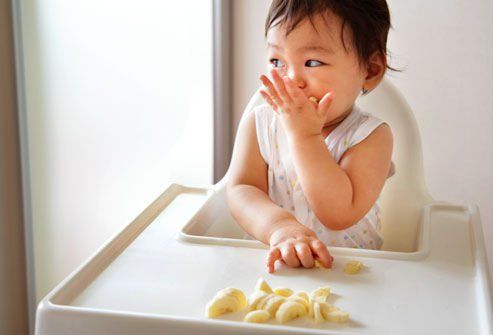
Mặc dù các bậc cha mẹ luôn muốn bé ăn nhiều loại thức ăn khác nhau nhưng bé cần có thời gian để làm quen với hương vị và kết cấu của từng loại
7. What are the signs of a food allergy?
If your baby is allergic to new foods, symptoms will appear within minutes or hours. Most children with food allergies have mild symptoms. If a rash, vomiting or diarrhea occurs, take your child to a medical facility for examination and treatment. If your child shows signs of wheezing, difficulty breathing, or swelling, he or she is most likely going into anaphylaxis - a potentially life-threatening body reaction that requires immediate medical attention. late.8. How can you tell when your baby is full?
Your baby's appetite will change with each feed, so calculating how much milk your baby has taken isn't a reliable way to tell if he's had enough. Parents should rely on the following signs to see if their baby is getting enough:Lean back in the high chair Turns head away when being fed Starts playing with a spoon or nearby toy Closes mouth when being fed next piece
9. Do I still need to breastfeed or formula feed my baby?
Breast milk or formula will still be the source of most of your baby's energy and nutrients until he's a year old. Both breast milk and formula provide vitamins and minerals, iron, and protein in a form that's easily digestible for babies. Weaning cannot replace the nutrients that breast milk and formula provide during that first year.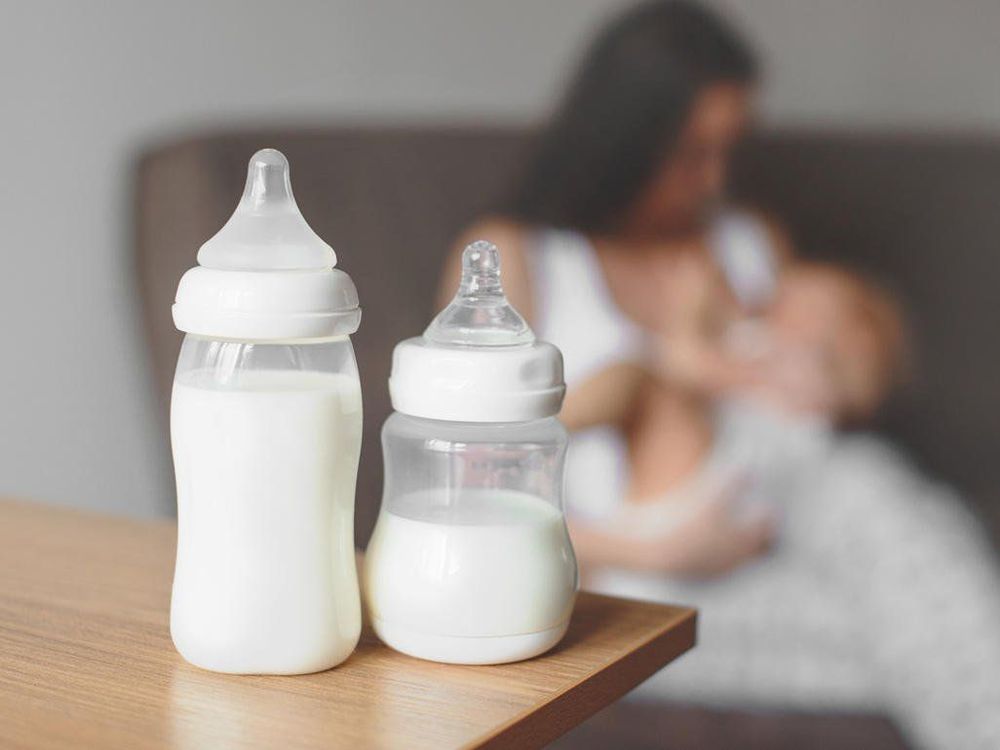
Sữa mẹ hay sữa công thức vẫn sẽ là nguồn cung cấp phần lớn năng lượng và chất dinh dưỡng cho bé cho đến khi bé được một tuổi
10. Tips for feeding solid food
You can feed your baby sweet or salty foods according to your baby's need: Some parents may start giving their child vegetables instead of fruit so that the child can limit sweets. However, one thing that few people know is that since birth, babies have a preference for sweets, so there is no need to worry too much about giving them sweet or salty foods. Just give them cereal or other solid foods. with a spoon: Do not put them in the bottle, the baby may choke or gain excessive weight. No food should be removed from a child's menu just because a parent doesn't like it. Give your child time to get used to new foods. If your child doesn't like something, don't force it. Try giving it again after a few days or a week, your child may change his or her attitude towards the food Limit your baby's risk of choking: Don't give your baby foods that are too solid, causing them to choke or choke . Prevent constipation: Your baby's stools change as diets change. Although temporary, babies can become constipated after eating solid foods. If your baby has fewer bowel movements or the stools become dry and hard, it is a sign of constipation. Add fiber to your baby's diet from some fruits like pears, peaches, or give him juices of these fruits until he can have normal bowel movements. In addition, parents should not worry if the baby's stools change color and have an unpleasant smell right after the weaning diet. This is completely normal.11. How many times a day should my child eat solid foods?
In the early stages, children should only eat one meal a day. Then increase to 2 meals a day when the baby reaches 6-7 months old. From 8-9 months, babies can eat 3 meals a day. Your baby's diet at this stage may include:Breast milk or iron-fortified formula Iron-fortified cereals Vegetables Fruits Small amounts of protein such as eggs, meat, beans... Note some foods should not be given to the baby at this stage. For example honey can cause poisoning for children under 1 year old or cow's milk or soy milk ....

Mật ong có gây ngộ độc cho trẻ dưới 1 tuổi, do đó nếu trẻ chưa 1 tuổi bạn không nên cho mật ong vào thức ăn của trẻ
12. What equipment do I need to feed my baby solid foods?
Depending on the conditions of each family, parents can consider feeding their children reasonably, but it will be helpful to have:A high chair Plastic plates and bowls Plastic spoons to protect the baby's gums Bib A carpet for the house
13. What do I need to make my own baby food?
Parents will need the following tools to prepare baby food:Blender, food processor or baby food Container for storing baby food in the fridge or tray stone.
14. Where should I feed my baby solid foods?
Make sure it is a firm, stable, comfortable place for the baby to sit at a convenient height so that parents or caregivers can feed the baby. When the baby can sit up on his own, or put him on a high chair to enjoy meals with the family, then mothers can both eat and feed the baby at the same time.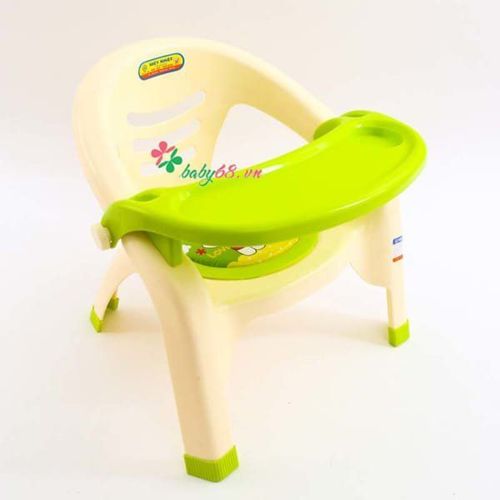
Bạn nên cho bé ăn ở một nơi vững chắc, ổn định, thoải mái để bé ngồi ở một độ cao thuận tiện để cha mẹ hoặc người trông giữ trẻ có thể cho trẻ ăn
15. How can I help my child develop healthy eating habits?
Do not put too much emphasis on what children need to eat to be really good. Repeated foods can create boredom and make children not want to eat. Learn how to make and combine dishes yourself.Weaning is an indispensable stage in the development of every baby. Weaning can help babies add nutrients when breast milk or formula gradually no longer provides enough. Usually, mothers will exclusively breastfeed their babies for the first 6 months. However, according to some recent studies, experts recommend that babies should be introduced to solid foods from the 4th month along with gradually increasing the consistency of the food. And in addition to the traditional weaning foods, mothers should also prepare other dishes themselves to change the taste, making it easier for the baby to eat.
For children to be healthy and develop well, it is necessary to have a nutritious diet in terms of quantity and quality balance. If children are not provided with adequate and balanced nutrients, it will lead to diseases of excess or lack of nutrients, which adversely affect the comprehensive development of children in terms of physical, mental and motor skills.
The period of baby eating solid foods is an extremely important period to help children develop comprehensively. Children who do not eat properly are at risk of micro-mineral deficiencies, causing anorexia, growth retardation, malabsorption, etc. If they notice the above signs, parents should supplement their children with supportive products. The supplement contains lysine, essential micro-minerals and vitamins such as zinc, chromium, selenium, and B vitamins to help fully meet the nutritional needs of children. At the same time, these essential vitamins also support digestion, enhance nutrient absorption, help improve anorexia, and help children eat well.
Parents can learn more:
Signs of zinc deficiency in children
Micronutrient deficiency and failure to gain weight in children
Please regularly visit Vinmec.com website and update useful information to take care of your child. Take care of the baby and the whole family.
Reference source: babycenter.com





